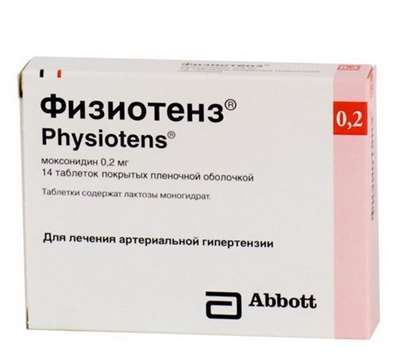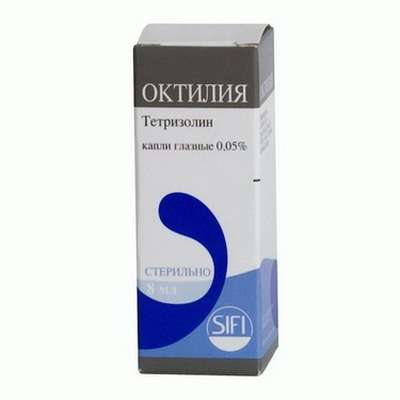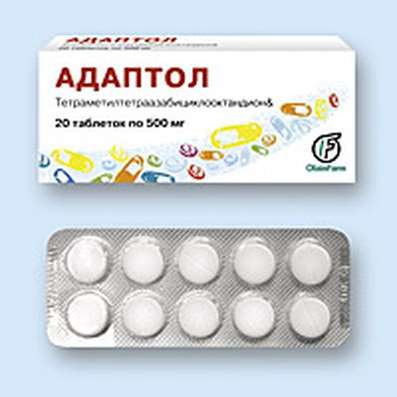Instruction for use: Immunoglobulin human tetanus
I want this, give me price
Trade name of the drug – Immunoglobuline antitetanus human, Immunoglobulinum antitetanicum humanum, Immunoglobulinum antitetanicum humanum
The Latin name of the substance Immunoglobulin human tetanus
Immunoglobulinum antitetanicum humanum (genus. Immunoglobulini antitetanici humani)
Pharmacological group of substances Immunoglobulin human tetanus:
Immunoglobulins
Model clinical-pharmacological article 1
Characteristic. A concentrated solution of the purified immunologically active protein fraction isolated by fractionating ethyl alcohol at a temperature below 0 ° C from the blood plasma of donors immunized with tetanus toxoid and tested for the absence of a surface antigen of the hepatitis B virus and antibodies to the hepatitis C virus and HIV (HIV-I, HIV -2). The protein concentration is 10-16%. The concentration of antibodies to tetanus toxin is not less than 50 ME / ml (250 ME / ampoule). Does not contain preservatives and antibiotics. The stabilizer is glycine (aminoacetic acid) at a concentration of up to 2.5%.
Pharmacotherapy. Contains IgG, which possess the activity of antibodies, neutralizing tetanus toxin.
Pharmacokinetics. Cmax antibodies in the blood are reached after 24 hours. T1 / 2 antibodies from the body - 3-4 weeks.
Indication. Emergency prophylaxis of tetanus in adults and children who have not received a full course of immunization with tetanus toxoid or with an unknown vaccination history.
Contraindications. Hypersensitivity (including to human blood products).
Carefully. Allergic diseases (bronchial asthma, atopic dermatitis, recurrent urticaria), a tendency to allergic reactions.
Dosing. IM, once in the upper outer quadrant of the gluteus muscle or in the external surface of the thigh in a dose of at least 250 IU (the contents of 1 ampoule) regardless of age.
Before the injection, the ampoule with the drug is kept for 2 hours at a temperature of 18-22 ° C. To avoid the formation of foam, the drug is drawn into the syringe with a needle with a wide lumen (another needle is used for injection). The drug in the opened ampoule is not subject to storage.
Side effect. Rarely - local reactions (skin hyperemia, pain in the area of injection), subfibrillity to 37.5 ° C during the first day after administration, allergic reactions (up to anaphylactic shock).
Interaction. Pharmaceutically incompatible with other drugs.
Reduces the effectiveness of active immunization (live vaccines).
Special instructions. Do not administer the drug IV.
Procedural rooms should be provided with anti-shock therapy. Patients should be under medical supervision for at least 30 minutes after the administration of the drug.
Persons with allergic diseases or having clinically pronounced allergic reactions in the history should be prescribed antihistamine drugs on the day of drug administration and for the next 3-8 days. Persons suffering from systemic immunopathological diseases (diseases of blood, connective tissue, etc.) should be given the drug on the background of appropriate therapy.
Active immunization against measles, mumps, rubella and tetanus is carried out no earlier than 3 months after the end of the course of therapy.
Data on the administration of the drug are recorded in the appropriate registration forms with the serial number, date of manufacture, expiry date, manufacturer, dose and date of administration, the nature of the response to the administration.
The drug in ampoules with broken integrity or marking, with a change in physical properties (discoloration, cloudiness of solution, presence of non-breaking flakes), expired shelf life, improper storage for use is not suitable.

 Cart
Cart





